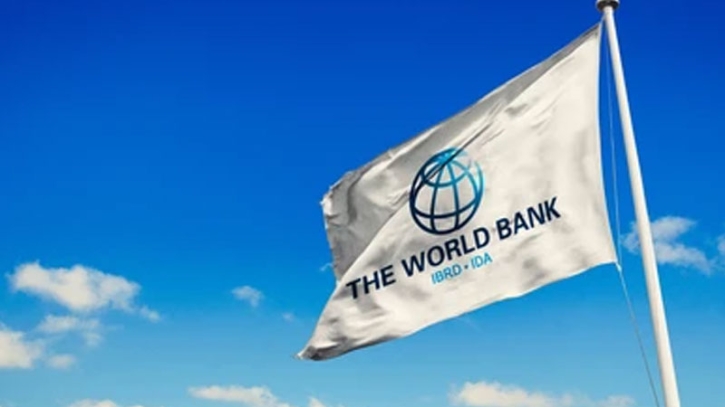Developing countries at risk of debt crises: World Bank

Developing nations face rising debt-related risks as their debt-service payments are projected to top $62 billion this year, showed a recent World Bank report.
This comes as the total external debt for low- and middle-income countries hit $9.2tn by the end of 2021, according to the World Bank’s International Debt Report.
The figure represents more than 100% of its value compared to a decade earlier.
The report noted that the poorest economies which are eligible to borrow from the World Bank’s International Development Association now spend over a 10th of their export revenues to service their long-term public and publicly guaranteed external debt.
Additionally, the total external debt of countries eligible to borrow from the IDA surged by an estimated 200% over the decade to reach $1 trillion.
The World Bank warned that rising interest rates and slowing global growth risk tipping a large number of countries into debt crises. “About 60% of the poorest countries are already at high risk of debt distress or already in distress,” it added.
World Bank President David Malpass said the report showed a dramatic increase in the debt vulnerabilities facing low- and middle-income countries and called for urgent steps to help countries reach more sustainable debt levels.
“We need a comprehensive approach to the debt problem, including debt reduction, swifter restructuring and improved transparency,” Malpass said in a statement in the International Debt Statistics 2022 report.
“Sustainable debt levels are vital for economic recovery and poverty reduction,” he said.
The IDA countries’ total debt-service payments for long-term public debt service and government-guaranteed foreign debts amounted to about $46.2 billion by the end of 2021.
This figure is equivalent to 10.3% of their exports of goods and services and around 1.8% of their gross national income, compared to 3.2% and 0.7%, respectively, in 2010.
.png)




